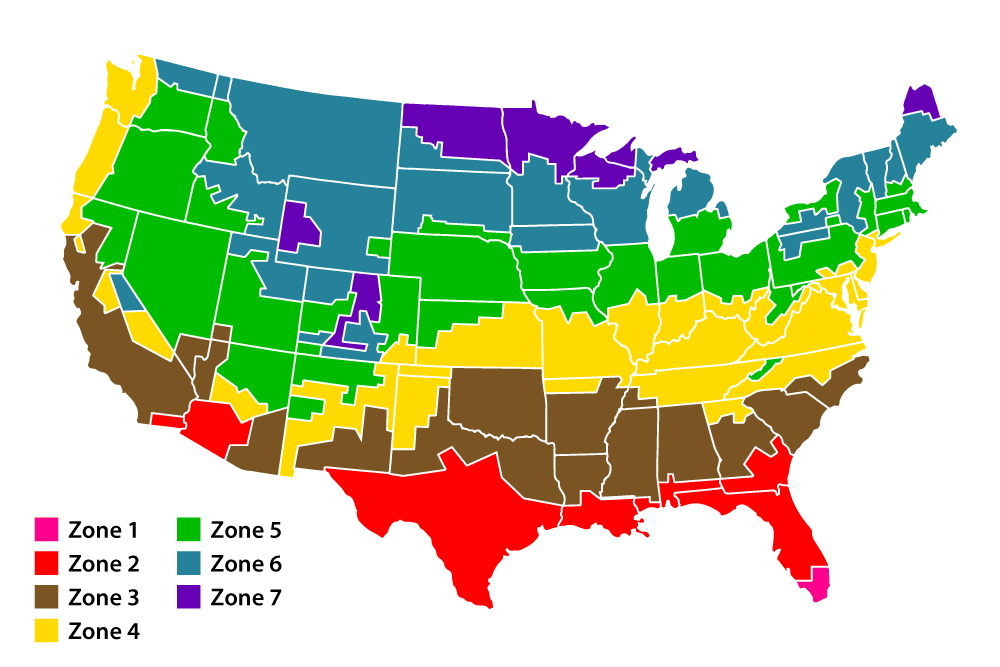How Much Insulation Does My Home Need?
Aug 31, 2022

It’s important to have the right amount of insulation in order to keep your home both warm in the winter and cool in the summer. But how much does your home need?
Where Does a Home Need Insulation?

While the attic may be the most visible location in which a home needs insulation, it’s far from the only place a house is insulated.
- Attic
- Exterior walls
- Floors
- Ceilings
- Basement
Exterior walls are the most important walls to be insulated, but it’s still a good idea to insulate interior walls. This is to help keep individual rooms warmer or cooler. Plus, the insulation helps to reduce noise coming from other rooms in the house.
What Is R-Value?
How much insulation a building needs is measured in R-value. The R-value is a measurement that demonstrates the ability of insulation to resist (this is where the R comes from) heat that goes through it. The higher an R-value is, the better the insulation is at keeping heat in or out of a home.
How Is R-Value Determined?

You can determine the R-value of insulation by dividing the insulation’s thickness in inches by its thermal conductivity. To perform the calculation, you can use this formula: Q / t = kAT / d
- Q = thermal conductivity
- t = change in time
- k = the thermal conductivity constant
- A = area of the sample you’re testing
- T = difference in temperature between the two sides of the sample
- d = thickness of the sample you’re testing
Fortunately, your insulation should be marked with the R-value so you shouldn’t need to calculate it yourself.
How Do You Determine What R-Value Insulation You Need?
How resistant your insulation needs to be to heat depends on where you live. The further north you live, the higher the R-value on your insulation needs to be. Typically, each location will have a legally required minimum R-value that buildings must meet with their insulation. The United States is divided into zones and the minimum recommended R-value is determined by those zones.
What R-Value Is Required in What Zone?

The lower the number of the zone, the lower the required R-value for insulation. For example, the only Zone 1 location in the United States is in the south of Florida. Zone 8, the coldest zone, includes the northernmost tip of Maine, some areas in mountainous regions of Colorado and Wyoming, and the northernmost parts of Michigan, Wisconsin, Minnesota, and North Dakota.
| Zone | Required R-Value for Attic Insulation | Required R-Value for Floor Insulation |
|---|---|---|
| Zone 1 | R30 – R49 | R13 |
| Zone 2 | R30 – R60 | R13 – R19 |
| Zone 3 | R30 – R60 | R19 – R25 |
| Zone 4 | R38 – R60 | R25 – R30 |
| Zone 5 | R49 – R60 | R25 – R30 |
| Zone 6 | R49 – R60 | R25 – R30 |
| Zone 7 | R49 – R60 | R25 – R30 |
| Zone 8 | R49 – R60 | R25 – R30 |
What Types of Insulation Are There?
Insulation comes in different types, each typically best suited for different areas of a home:
- Blanket insulation – used in walls and attics
- Blown-in insulation – used in walls and attics
- Foam board – can be used anywhere, but particularly useful in exterior walls and basements
- Spray foam – used in walls, attics, and floors
- Concrete blocks – used in home foundations
- Insulating concrete – used in concrete walls
- Radiant barrier – installed on the roof
- Rigid fiber board – used in ducts

